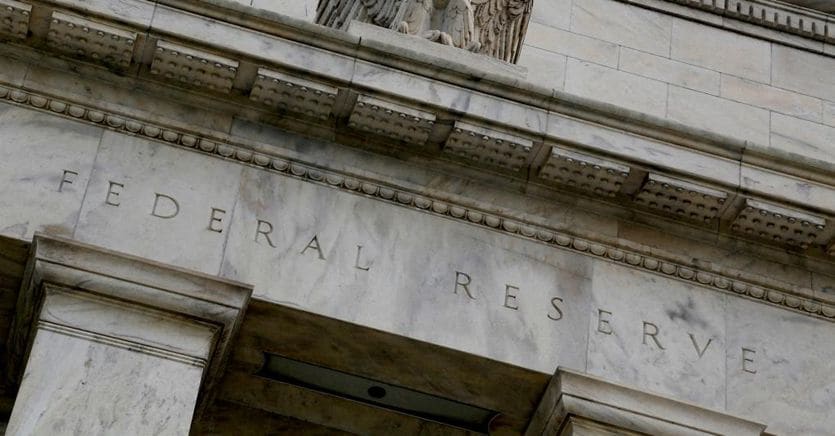Listen to the audio version of the article
Just a small step forward. Many analysts expect nothing else from the January meeting of the Monetary Policy Committee, the FOMC, of the Federal Reserve. Rates stuck at 5.20-5.50% and no promises for the future, associated however, perhaps, with the removal of the reference to possible increases in the future. It is in March that, according to the markets, the reduction in the cost of “official” credit should begin. For the Federal Reserve it is not an easy choice: the risk – as in Euroland, but perhaps more than in Euroland – is that the markets are going too “forward” making financial conditions less rigid too soon.
The last mile problem
Inflation – measured by the PCE index, preferred by the Fed – is falling and this shows that monetary policy is biting back. The overall index was, in December, growing by 2.6%, the core by 2.9% while market measures of inflation expectations fluctuate around 2.3% for the period between five and ten years. The situation has therefore improved and almost normalized but the “last mile” – all central banks have warned – is the most difficult to travel.
Falling yield curve
THE YIELD CURVE FROM 2023
Loading…
The problem for the United States – but not only – is that the transmission chain seems to be oriented in the opposite direction to the restrictive one, which remains necessary to achieve and consolidate the objective: even a rate cut, in its early stages, has the objective of reducing the restriction, but would not immediately open a phase of accommodation. However, the markets seem to be racing: the yield curve appears lower today than that of September and, until the medium term, also of July. Only the very short-term part, which expresses and implements monetary policy, remains around 5.50%. The effective exchange rate of the dollar, although at levels higher than the long-term average, remains stable, but its weight on monetary conditions is decidedly lower.
Less restrictive financial conditions
THE FED INDEX OF FINANCIAL CONDITIONS
Loading…
The most complete index of financial conditions developed by the Chicago Fed on the basis of over 100 variables covering the entire transmission chain of monetary policy gives signals similar to those of the yield curve. Even if the “neutral” value – by definition zero – cannot be considered relevant because evidently the structure of the American economy has changed over time, conditions are gradually becoming more accommodating.
Hourly wages still very fast
HOURLY WAGES STILL IN PROGRESS
Loading…
The increase in hourly wages, although decreasing, remains rather rapid. The latest data is for November and certainly – as Powell already explained in the December meeting – there are signs of cooling: «Nominal wage growth seems to be decreasing, and job vacancies have decreased. Even though the gap in the jobs/workers ratio has narrowed, the demand for jobs is still higher than the supply of jobs”, he said on that occasion. It does not seem like a situation destined to return to more sustainable levels soon (even imagining a period of faster growth for the first months of the new phase to encourage the recovery of purchasing power).
